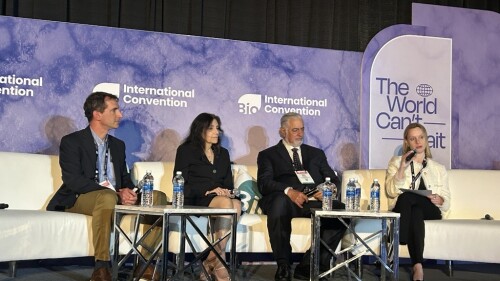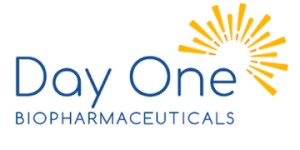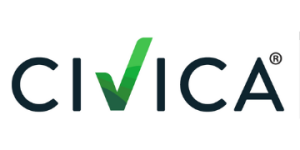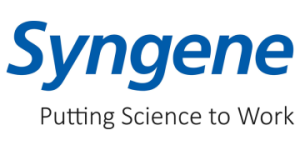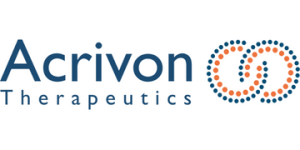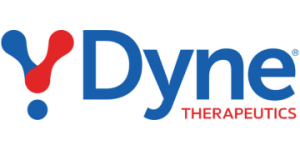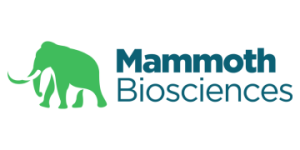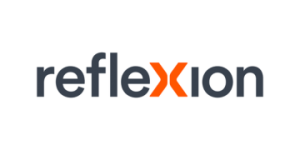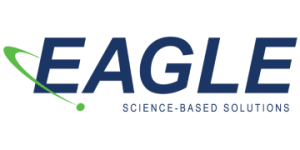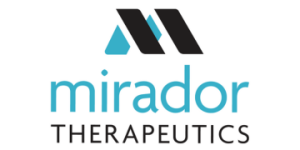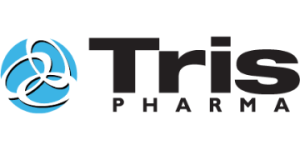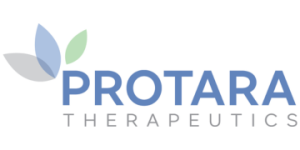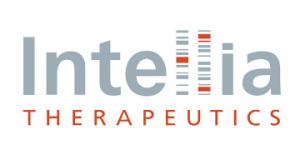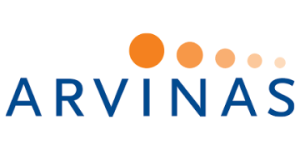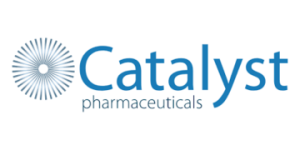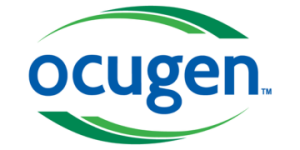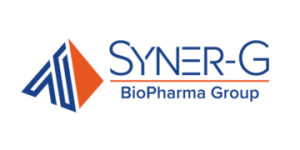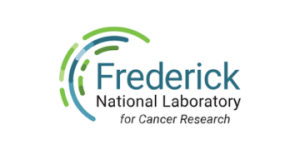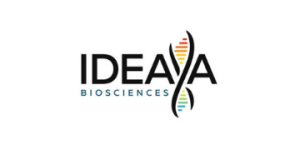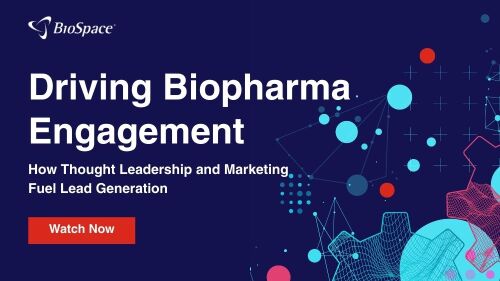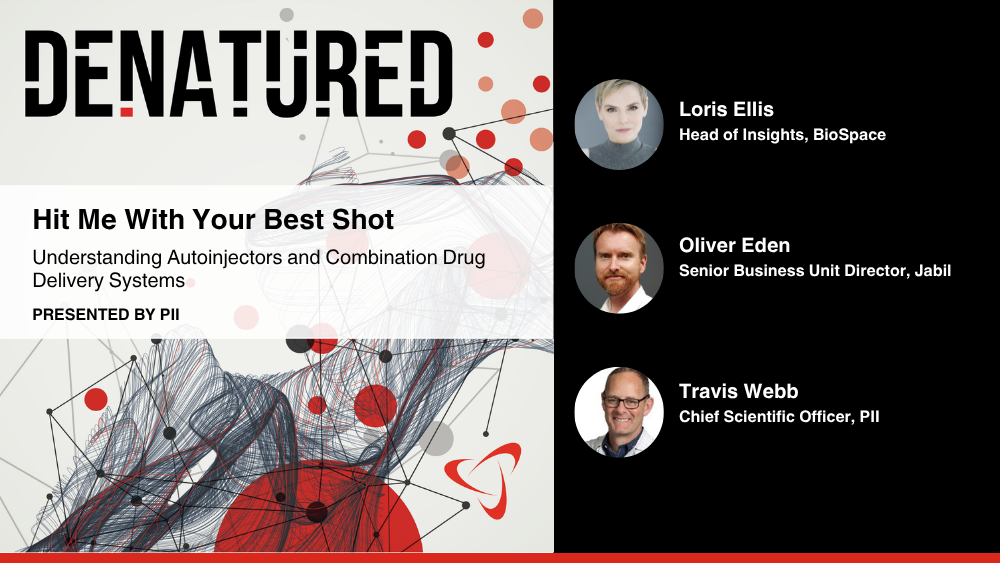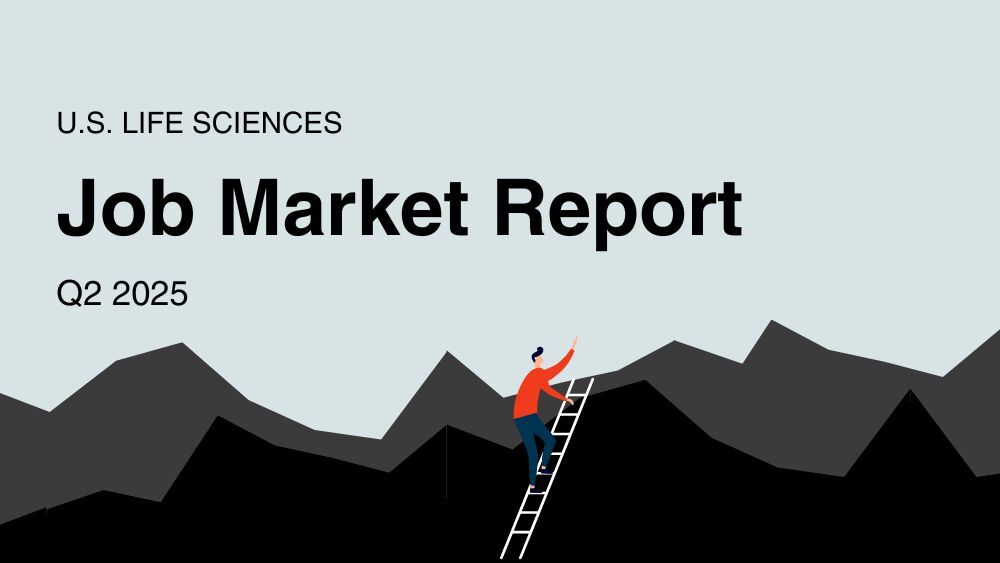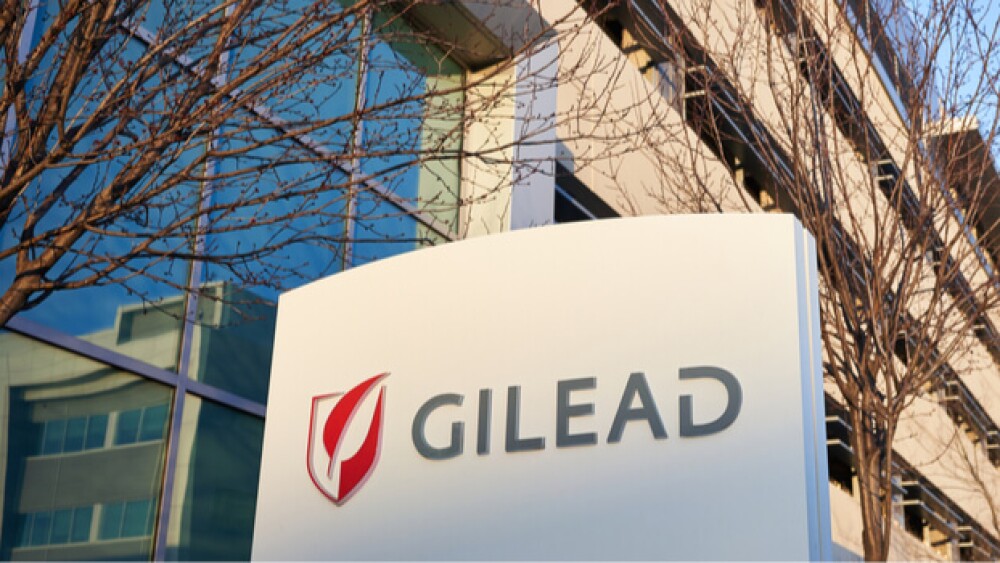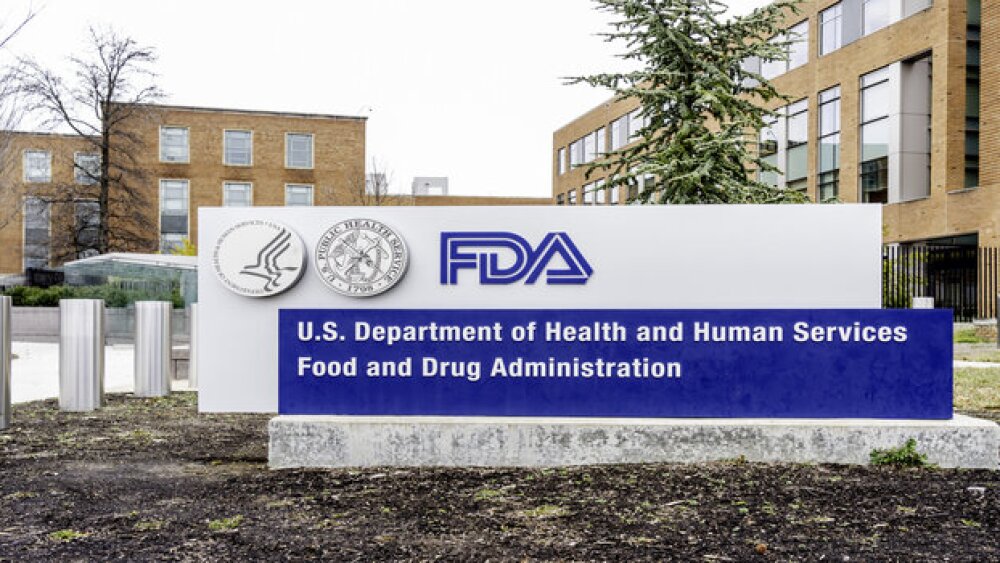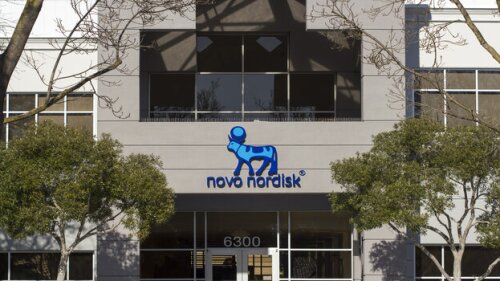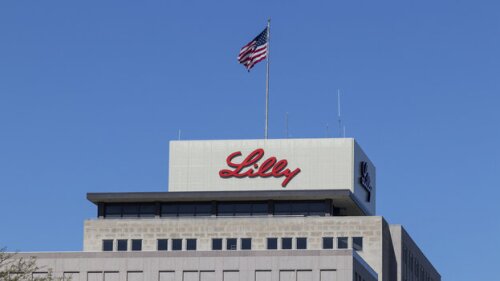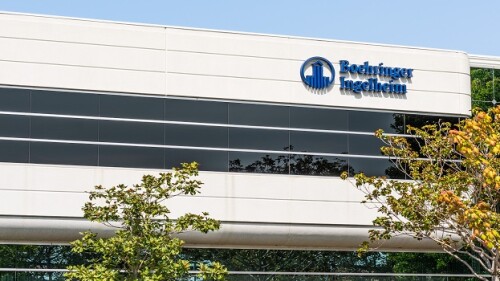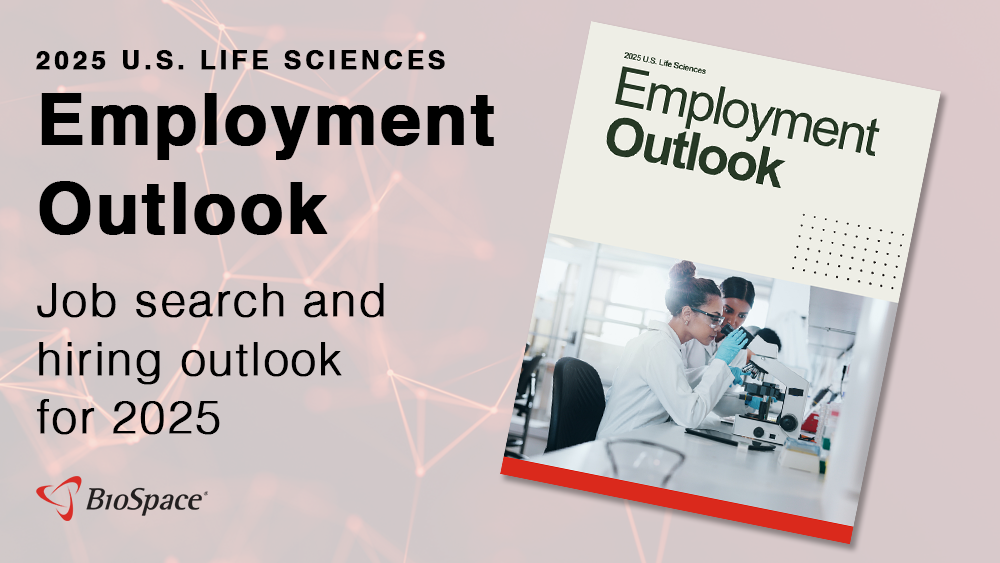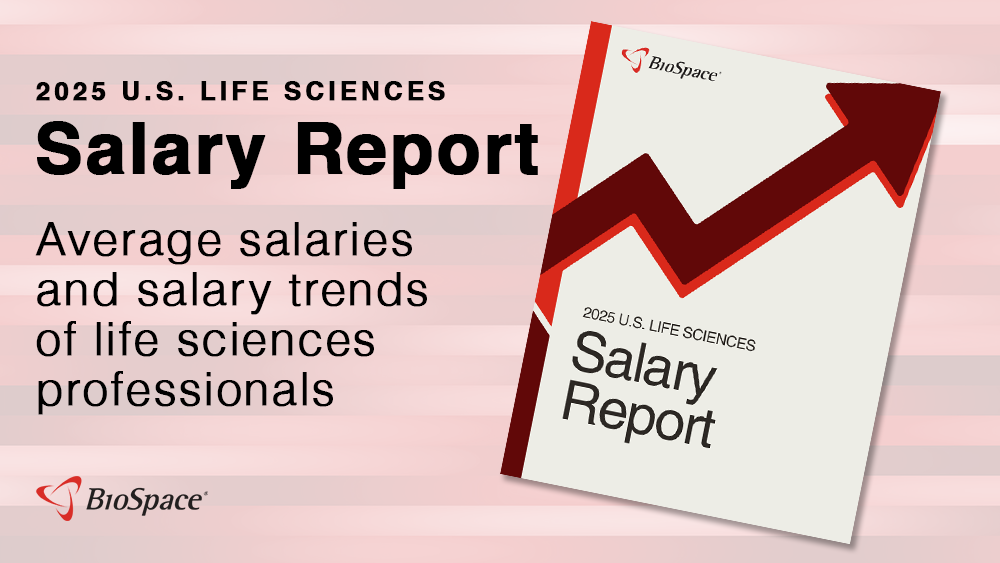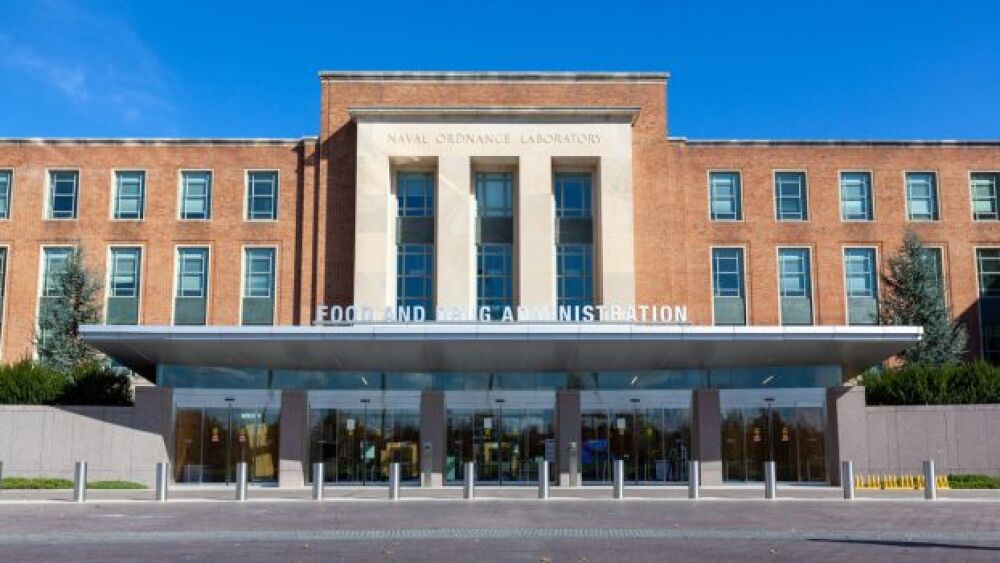Speaking at BIO2025, rare disease leaders from Ultragenyx, Amylyx and Yale questioned the need for the new regulatory pathway proposed by FDA Commissioner Marty Makary. They acknowledged, however, that creative thinking is required to enable more treatments for patients with ultrarare diseases.
Jacqueline Corrigan-Curay, who stepped into the role as the agency’s top drug regulator in January, is departing in July, according to an email sent to agency staff.
While Eli Lilly brushed off concerns about gastrointestinal side effects for oral weight loss candidate orforglipron, analysts from William Blair worried that adverse events are not tapering off as expected.
In combination with Roche’s PD-L1 blocker Tecentriq, zanzalintinib bested Bayer’s Stivarga. Exelixis is positioning the drug candidate as a successor to cabozantinib, which is set to lose patent exclusivity in 2030.
After consistently failing to meet investor expectations, Novo Nordisk touted a safety profile for CagriSema in line with the GLP1-RA class, while reporting mid-stage data for its GLP1- and amylin-targeting drug amycretin that raised dosing questions.
Although the company withheld detailed findings from the study of treatment-resistant depression, analysts at Stifel called COMP360’s efficacy “more than good enough” for registrational purposes.
FEATURED STORIES
Patent cliffs and other factors may lead other large drugmakers to embrace similar cost-cutting measures, experts tell BioSpace.
Approaches and targets for depression and other mental health illnesses have remained stagnant for decades. With several readouts for novel therapies on the horizon, that could be changing.
Despite weathering a difficult year, biopharma continues to see massive pay gaps between CEOs and their median employees, with top executives often earning hundreds of times more.
Until compelling surface targets for lung cancer are developed, antibody-drug conjugates will fail to treat most patients with lung cancer, experts told BioSpace.
The insights AI affords can potentially boost sustainability, but it’s unclear whether these gains outweigh the technology’s environmental cost.
Following a series of clinical failures, optimism builds for the first disease-modifying treatment.
LATEST PODCASTS
In this episode presented by PII, BioSpace’s head of insights discusses with guests Oliver Eden and Travis Webb how autoinjectors offer opportunities to improve delivery systems, patient compliance and clinical trial processes.
M&A headlined for a second straight week as Genmab acquired Merus for $8 billion; Pfizer strikes most-favored-nation deal with White House; CDER Director George Tidmarsh caused a stir with a now-deleted LinkedIn post; GSK CEO Emma Walmsley will step down from her role; and uniQure’s gene therapy offers new hope for patients with Huntington’s disease.
The FDA is hoping to repurpose GSK’s Wellcovorin for cerebral folate deficiency; Pfizer acquired fast-moving weight-loss startup Metsera for nearly $5 billion after suffering a hat trick of R&D failures; psychedelics are primed for M&A action and Eli Lilly may be next in line; RFK Jr.’s revamped CDC advisory committee met last week with confounding results; and Stealth secured its Barth approval.
Job Trends
Through integration with Multiply Labs’ robotic technology, Thermo Fisher Scientific’s advanced, industry-leading cell therapy instruments, including the Thermo Scientific™ Heracell™ VIOS Automated Access CO 2 Incubator and the Gibco™ Cell Therapy Systems (CTS™) Rotea™ Counterflow Centrifugation System can now be fully automated for cell therapy manufacturing.
Subscribe to Genepool
Subscribe to BioSpace’s flagship publication including top headlines, special editions and life sciences’ most important breaking news
SPECIAL EDITIONS
In this deep dive, BioSpace explores the next big thing in obesity.
BioSpace did a deep dive into biopharma female executives who navigated difficult markets to lead their companies to high-value exits.
BioSpace data show biopharma professionals faced increased competition for fewer employment opportunities during the second quarter of 2025, with increased pressure from further layoffs.
DEALS
-
The biopharma company scored two major wins on Tuesday: a court victory over HIV patent claims and an acquisition deal to expand its pipeline in cancer and inflammatory diseases.
-
Novel therapies often pass through several owners on their way to the market. Here’s a look at some of the drugs that got dropped before they hit primetime.
-
Japanese biopharma scoops up Iveric’s investigational drug for age-related blindness disease. The drug, which trails Apellis’ Syfovre, is awaiting FDA approval with a decision expected by August.
-
The acquisition of Bellus Health will give GSK access to camlipixant, a potentially best-in-class P2X3 antagonist for chronic cough.
-
Merck finalized the acquisition of immune-focused Prometheus Biosciences for approximately $10.8 billion, picking up mid-stage ulcerative colitis and Crohn’s asset.
WEIGHT LOSS
-
The regulator is launching an investigation of Novo Nordisk’s Wegovy, Eli Lilly’s Zepbound and other GLP-1 receptor agonists following patient reports of suicidal ideation, alopecia and aspiration.
-
Novo Nordisk’s partnerships with Flagship Pioneering-backed Omega and Cellarity, each worth up to $532 million, will explore novel treatment approaches to obesity and metabolic dysfunction-associated steatohepatitis.
-
While GLP-1 drugs have exploded in popularity, they don’t work for everyone, and experts say phenotyping based on a greater understanding of the disease is the future of obesity treatment.
-
Over the past year, obesity treatments have become the focus of intense media attention and discussion in healthcare — with increased focus on Wegovy and Zepbound. This attention has highlighted the need to address the global obesity epidemic.
-
Eli Lilly has signed a multi-year contract with animal genomics biotech Fauna Bio to use its artificial intelligence platform to discover drug targets for obesity in a deal worth nearly half a billion dollars.
POLICY
-
House Speaker Mike Johnson (R-La.) on Monday said he intends to have a “significant package of China-related legislation” signed into law by the end of this year, including the BIOSECURE Act which intends to stop federal contracts with Chinese “companies of concern.”
-
The Biden administration is appealing a 2023 jury decision that declared invalid its patent protections over Gilead Sciences’ HIV prevention regimen of Truvada and Descovy.
-
The groundwork being done in 2024 is building the foundation for global collaboration in the future.
-
A federal judge ruled last week that the U.S. government can use its economic standing as a bulk purchaser to negotiate for better deals, handing Boehringer Ingelheim a loss in its legal challenge to the Inflation Reduction Act.
-
President Joe Biden and Sen. Bernie Sanders in a Tuesday op-ed in USA Today called on Novo Nordisk and Eli Lilly to “stop ripping off Americans” with “unconscionably high prices” for their GLP-1 medicines.
You want to take every opportunity you can find to incorporate resume action verbs. The main way to do that is to replace any weak verbs you’ve written.
As a valued member of our BioSpace community, we are eager to hear more from you and other readers in 2019. We want to know your if you have ‘work-life balance’ with your job.
Attempting to customize your resume yourself can be a time-consuming process, which might not lead to more interview requests. Here’s how to effectively tweak your resume for a job!
According to a BioSpace survey, almost 70% of respondents are likely to look for a new job in the 12 months. The question is, why? Of those planning to look for a new job, 54% said they wanted new challenges and 42% said they wanted more rewarding opportunities. How about you? Are you ready to look for a job with more challenges and rewarding opportunities?
Expending countless hours of time and energy usually leads to frustration and burnout during a job search. Here are some tips to understanding what a company is really looking for in a job description.
Life is full of twists and turns, but there are always new opportunities around the corner, even when we hit the pause button on our careers. Getting back into the industry doesn’t have to be scary or overwhelming. You can have a successful job search if you take a step-by-step approach.
HOTBEDS
REPORTS
In this Employment Outlook report, BioSpace explores current workforce sentiment, job activity trends and the prospective job and hiring outlook for 2025, particularly as it compares to the previous year.
BioSpace’s third report on diversity, equity, inclusion and belonging in life sciences examines dramatic shifts in attitude around diversity initiatives.
CANCER
-
The FDA on Tuesday approved Day One Biopharmaceuticals’ type II RAF inhibitor Ojemda, which is designed to penetrate the blood-brain barrier, for the treatment of relapsed or refractory pediatric low-grade glioma.
-
Bouncing back from a previous rejection, ImmunityBio on Monday secured the FDA’s green light for its IL-15 superagonist Anktiva for non-muscle invasive bladder cancer.
-
Roche’s subsidiary Genentech has successfully expanded the label of Alecensa to include the adjuvant treatment of anaplastic lymphoma kinase-positive, early-stage non-small cell lung cancer following resection.
-
The FDA will close out April with five target action dates around indications that include pediatric seizures and a neurological cancer in children.
-
As its lead oral targeted protein degrader moves through Phase III in partnership with Pfizer, Arvinas signs a licensing deal handing over all rights and responsibilities to Novartis.
NEUROSCIENCE
-
Following the full approval of Leqembi, the CMS suggests expanding its coverage of beta-amyloid PET scans, which could improve the uptake of novel Alzheimer’s disease treatments.
-
Part B of the study, cleared to proceed in Canada, remains on hold in the U.S. due to findings from non-clinical chronic toxicology studies.
-
Full data for Eli Lilly’s Phase III TRAILBLAZER-ALZ 2 study, presented Monday at the 2023 Alzheimer’s Association International Conference, confirm positive results announced in May.
-
Recent data from the Phase III study of donanemab emphasize a correlation between amyloid and tau. Experts say a greater understanding of this link could further Alzheimer’s drug development.
-
Following the FDA’s full approval of the Alzheimer’s drug Thursday, the Centers for Medicare and Medicaid Services confirmed broader coverage of Leqembi and released more details on a registry.
CELL AND GENE THERAPY
-
Rocket Pharmaceuticals’ strategic realignment initiative in July pulled funding from fanca-cel, which the biotech was developing for Fanconi anemia.
-
The centerpiece of the collaboration is the gene editor ABO-101, being developed for primary hyperoxaluria type 1, a rare disease that leads to severe kidney stones.
-
As industry leaders gather at the annual event in Phoenix, the cell and gene therapy space remains in a state of flux, with M&A activity and regulatory support signaling momentum while commercialization challenges continue to hinder broader investor interest.
-
Smarter design through targeted delivery and human-relevant testing can save the industry from costly safety failures.
-
Following up on previous, dimly received issuances, a new set of ideas published by the FDA to streamline regulatory pathways for cell and gene therapies ‘for small populations’ is receiving a warmer welcome—but experts warn it will take more to turn the tide for the fraught therapeutic space.




